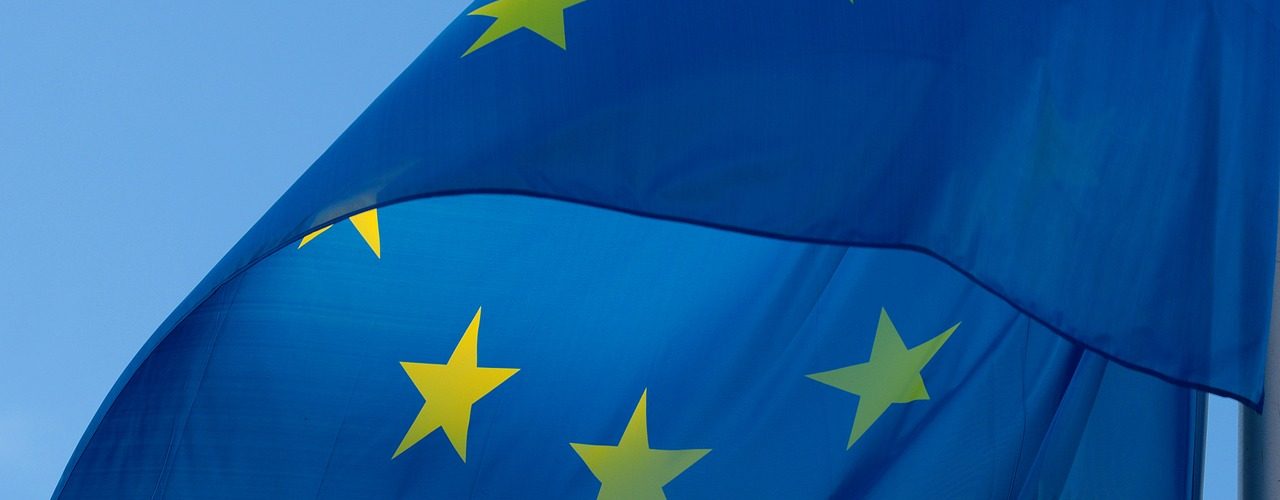In 2015/2016, the EU launched a plan to further transform the current VAT system into a single EU VAT area by 2022.
QF 1: VAT identification number
Under current legislation, an entrepreneur may apply the zero VAT rate to intra-Community supplies if, in short, he can prove that the goods have been delivered to another entrepreneur and the goods have physically left the Member State of departure.
The European Court of Justice has ruled on several occasions that the VAT identification number of the buyer is not a material requirement for applying the VAT zero rate. This will change under the new regulations that make the use of the VAT identification number of the buyer mandatory for applying the VAT zero rate.
The practical consequence is that entrepreneurs must record all VAT identification numbers of customers in their (ERP) system. After all, they must be able to issue invoices that refer to the correct VAT identification number of the buyer and they must be able to submit their Declaration of Intra-Community Performance (Declaration ICP) correctly.
It is therefore important to validate / check these VAT identification numbers on a periodic basis (or even with each shipment) in the EU VIES system. Proper documentation of these controls is also of great importance. This ensures that, at the time of the intra-Community delivery, the VAT zero rate was correctly applied.
Submitting a correct ICP Statement will be a condition for being allowed to apply the VAT zero rate. A recovery scheme will be provided, whereby the supplier can correct a possible omission.
QF 2: Demonstrate application of VAT zero rate at ICL
The EU Implementing Regulation contains a scheme for supplying the evidence required to be able to apply the zero VAT rate for intra-Community supplies. This regulation has direct effect, so no implementation is needed.
If the supplier arranges the transport, or the transport is arranged on his behalf, the proof – that the goods have been sent or transported to another Member State – consists of at least two independently produced evidence. For example, you can think of a combination of a signed CMR and a policy of the relevant transport insurance.
If the customer arranges the transport, the supplier must also have a written receipt from the customer.
It is important to emphasize that all evidence currently permitted based on the policies of the different EU tax authorities and (European or national) case law will also remain valid. The Implementing Regulation provides for means of proof that are in any case considered sufficient to prove the VAT zero rate for intra-Community supplies. This will improve legal certainty for taxpayers. It also enables taxpayers to standardize their approach to dealing with evidence efficiently throughout the EU.
QF 3: Call-Off Stock
In the case of on-demand inventory, a supplier moves goods to a warehouse / storage location of a known buyer. This enables the buyer to take the goods out of stock at a later time and thereby effect the delivery relevant for VAT.
Under the current VAT system, physical transfer to a warehouse in the other Member State leads to a notional intra-Community supply in the Member State of departure for the supplier and a notional intra-Community acquisition in the country where the warehouse is located. Taking goods out of stock at a later time is then a domestic delivery. The supplier must then in principle register in the Member State where the stock is located and meet all VAT obligations. A number of Member States had their own local simplification rules to prevent VAT registration and to avoid ‘timing differences’ in declarations.
The new rules on on-call inventory provide for a uniform system whereby the transfer of on-call inventory is now treated equally in each Member State. Under the new arrangement, the physical transfer does not, under certain conditions, constitute a notional intra-Community supply, so that the supplier does not have to register in the Member State of the recipient. One of the conditions is that the goods are called by the buyer within a year.
The new regulation requires that the supplier and the buyer record the movement of goods separately in their business administration. Goods that are transported from the Netherlands in a cross-border way in this way and then delivered must be accounted for separately by the supplier in two ICP Statements. With the physical transfer, the supplier must only provide insight into the identity of the customer and his VAT identification number. At delivery, the known data must be provided (such as the sales amount).
Goods that cannot be tracked individually, such as replaceable, similar and identical (bulk) goods, can be connected to the stock system. Furthermore, there is no question of a taxed intra-Community transfer in the case of small losses due to destruction, loss or theft of the goods from the stock on demand.
The IT systems of the tax authorities required for this scheme will not be fully ready until 1 April 2020. Until then, in certain cases, entrepreneurs cannot yet provide a statement for the stock on demand. However, it appears that this does not stand in the way of the application of this regulation.
QF 4: Chain transactions
In cross-border chain transactions, there are consecutive deliveries of goods between traders where only one cross-border transport takes place, usually from the first to the last party in the chain.
In the chain, only one of the deliveries can be classified as an intra-Community delivery to which the VAT zero rate applies. The other deliveries in the chain lead to ‘local’ VAT levy and VAT identification in the relevant Member State.
The allocation of the transport movement to one of the deliveries often leads to discussions with the tax authorities in the Member States concerned. This leads to uncertainty for companies and additional administrative obligations. This is particularly the case when an intermediary arranges transport, which has been the subject of countless cases of the European Court of Justice.
The new regulation as of January 1, 2020 prescribes the link in which the intra-Community transaction takes place.
The new regulation means that the delivery to the broker is regarded as the intra-Community delivery charged with the zero rate, provided that this broker arranges the transport or the transport is arranged in his name.
This is different if the broker has provided his VAT identification number to his supplier in the Member State of departure. The intermediary who arranges the transport is then deemed to carry out the intra-Community delivery charged with the zero rate instead of his supplier. The first delivery is then a local delivery, usually taxed at the local VAT rate.
Source PWC















